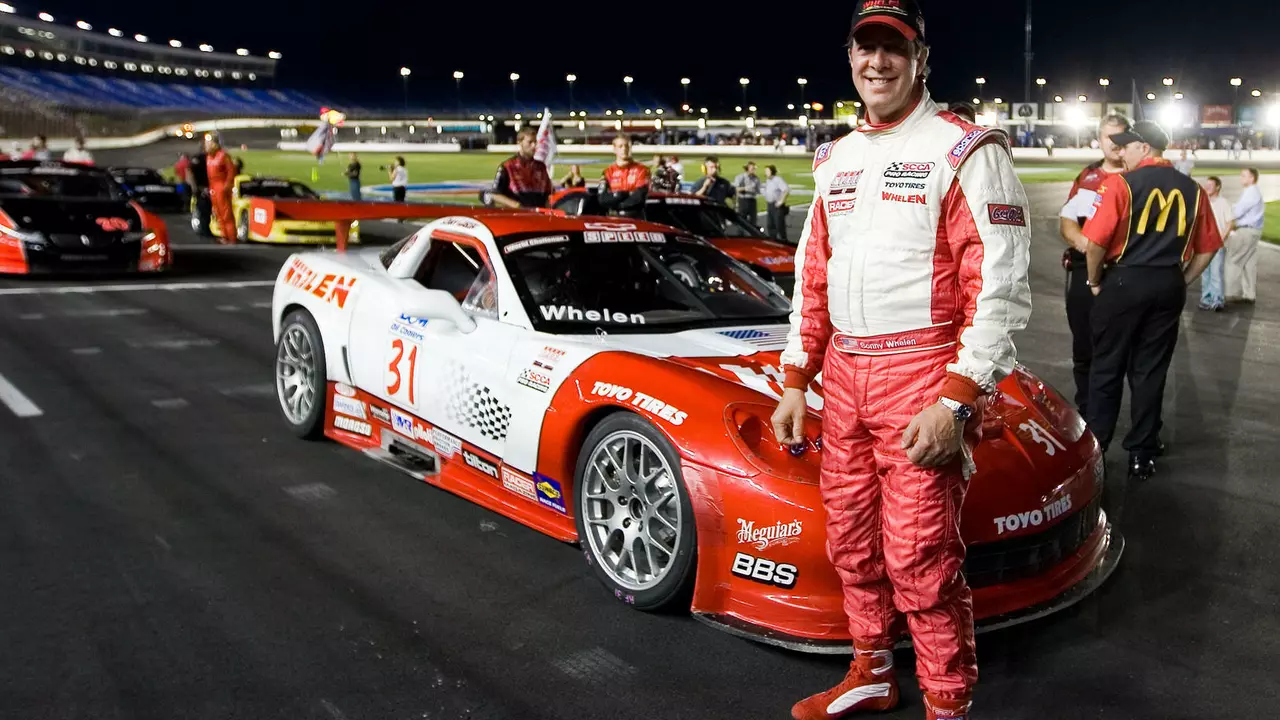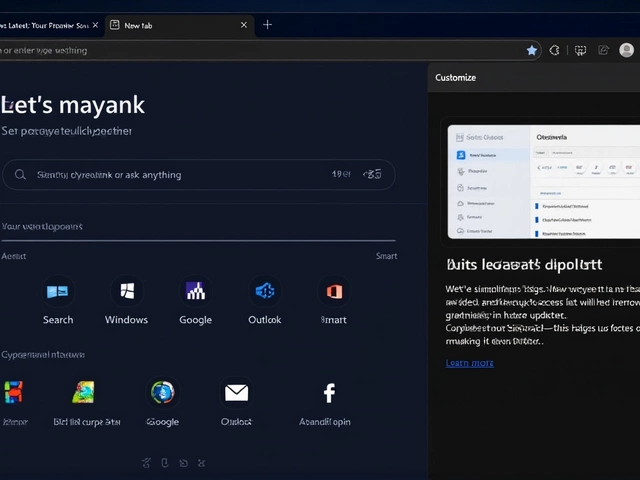How to Become a Racecar Driver – A Straightforward Roadmap
If you’ve ever imagined yourself tearing around a track in a race car, you’re not alone. Turning that dream into a real career isn’t magic; it’s a series of practical moves you can start today. Below you’ll find a clear path that works for most aspiring drivers.
Start with Karting – The Proven Launchpad
Most pros begin in a kart. Karts teach throttle control, racing lines, and the mental focus you need. Join a local karting club, rent a junior‑grade kart, and compete in entry‑level events. Don’t worry about buying the fastest machine—consistency beats speed when you’re learning.
Get Your Racing License
Every country has a licensing body (like the MSA in the UK or the SCCA in the US). After a few kart races, you’ll qualify for a “Novice” or “Club” license. The process usually involves a written test, a basic on‑track assessment, and a medical check. Treat the paperwork seriously; a valid license opens doors to higher‑level series.
Once you have a license, look for regional club races. These are cheaper than national events and let you gain seat‑time in cars that handle more like true race‑cars—Formula Ford, GT4, or junior touring cars.
Networking is just as important as lap times. Talk to team owners, coaches, and fellow drivers at every event. A simple “Hey, I’m looking for a seat next season” can land you a spot you didn’t know existed.
Hiring a coach can accelerate your learning curve. A good coach spots flaws you miss, helps you fine‑tune braking points, and teaches racecraft like overtaking and defending.
While you’re racing, start building a personal brand. Create a simple Instagram or YouTube channel showing your progress, training routine, and behind‑the‑scenes footage. Sponsors love measurable exposure, and a modest following can turn a small local sponsor into a long‑term partner.
Money is the biggest hurdle for most drivers. Approach local businesses, automotive shops, or even family friends with a concise sponsorship proposal. Include stats—how many followers you have, the events you’ll attend, and the branding opportunities you’ll provide.
Don’t underestimate fitness. Racing demands core strength, neck endurance, and cardiovascular stamina. Incorporate cardio, weight training, and flexibility work into your weekly schedule. A fit driver stays sharper longer on the track.
Finally, stay adaptable. The path isn’t always linear—one year you might race karts, the next you could test a GT4 car. Keep learning, keep racing, and keep pushing for that next seat.
So, ready to become a racecar driver? Grab a helmet, sign up for a karting session, and take the first step. The track is waiting, and every lap gets you closer to the cockpit of your dream car.
How do you become a racing driver for free?
Becoming a racing driver for free is indeed a thrilling journey. It all starts with gaining knowledge about the sport and practicing in simulation games which are available online for free. You can then participate in local amateur racing events, which often require minimal to no investment. Although not entirely free, a good option is to seek sponsorships or scholarships that some racing schools offer to promising drivers. Finally, persistence and networking are essential as they can open doors for free training and opportunities in the racing industry.




